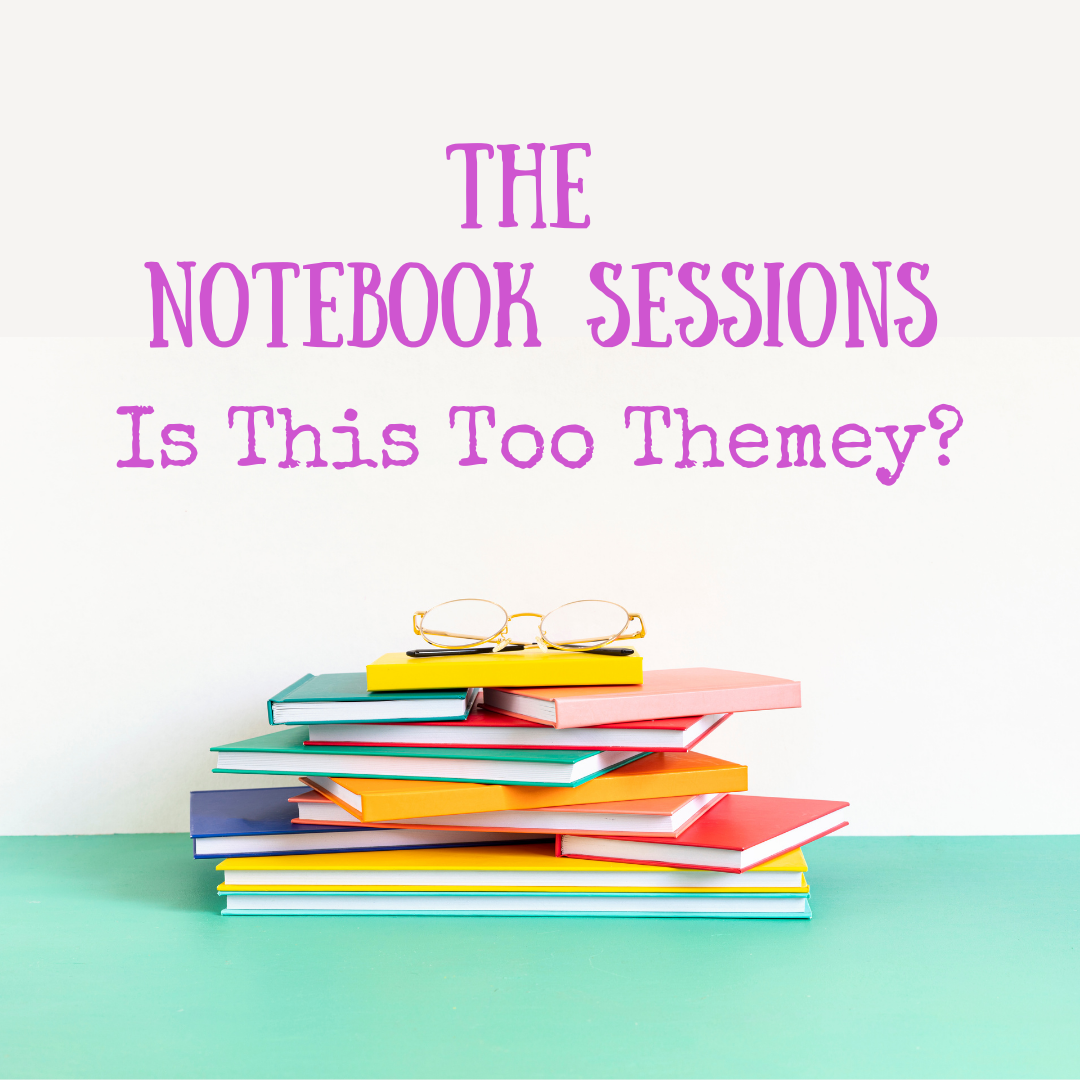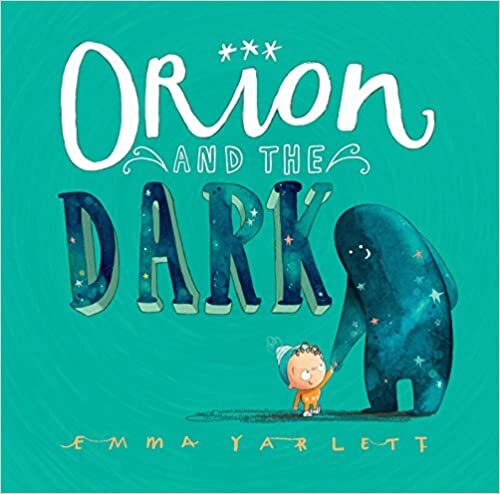The Notebook Sessions: Is This Too Themey?
Peek inside my notebook to get inspired, make new connections, develop your craft, and grow as a children’s book writer.
This post was prompted by a friend asking, “What’s the difference between a theme and a message?” In a picture book, a single sentence or phrase can tip it over the line. So how do you write something that feels meaningful but not too preachy? Can we use a light touch and still be clear? Concept books use humor, fresh analogies, sensory details, and wow moments to evoke emotion, so the reader feels like they’re going on a journey and discovering a truth. Does it work the same way with narratives? Here are five books that follow a traditional story structure and get theme just right.
I define a theme as what a book is really about. The plot of this book is a potato enters a beauty contest, but really it’s about fitting in, being yourself, and the idea that beauty is in the eye of the beholder. A message tells the reader, “Think THIS!” A theme reveals itself and lets the reader draw their own conclusions. Rot could be a serious story that’s less about Rot’s joyful spirit and more about making a point. Instead it’s full of silly details and little surprises that keep the reader entertained. And most important, there’s a beginning, middle, and end. Rot goes on a funny but meaningful journey. The narrative structure gives the big ideas behind the book the quality of being themes instead of messages.
In Ada Twist, there’s a puzzle for the reader to solve, and the rhyming text builds momentum. Again the reader is on a journey, along with the main character. Those make it a story, not a nursery rhyme. The illustrator adds specificity to the background characters and makes the story more engaging. The ending is a bit open ended, which elevates the book beyond a message of “Use the Scientific Method!” But I think what really stands out here and in other books is how Ada embodies the themes. She’s not passively moving through a landscape of lessons. She is curious and persistent. She thinks like a scientist. She is a living, breathing example of the scientific method in action, and that makes the themes dance rather than beat like a steadfast, one-note message.
This book is about befriending your fears, where Yarlett imagines fear as a soft, gentle creature. Again there’s humor, along with fun fonts and wildly creative infographics. Orion’s journey to embrace his fears is quirky and dreamy, but it has the potential to feel unresolved or too pointed. So what makes the book so satisfying? I think it’s that the book doesn’t end after Orion concludes, “The dark could be my friend.” Instead, there’s a resolution that shows Orion and the dark become lifelong friends. Again, it’s the shape of the story that transforms a message into a theme.
This book is more serious and sparse than others on this list. But it’s also earnest and filled with light touches of fantasy. It’s about surviving a storm together, caring and being cared for. There’s not a strong, definitive ending, and that leaves room for the reader’s thoughts and feelings. This kind of soft landing feels especially important with books that aren’t using humor or fun surprises to distract from the lesson the characters (and readers) are learning.
This book definitely has a message: read books, especially library books. But it’s a story not a Read-More-Books poster. It’s built around a silly but kid-friendly concept: a pig who loves books but doesn’t know how to read. The main character’s tendency to hog books is never explicitly mentioned beyond the title, and that makes readers feel a little smarter than the main character., so the message becomes a bit of a joke instead of a message. Showing not telling comes into play with this book too, with The Book Hog learning he can do something hard and asking for help, without the action grinding to a halt and The Book Hog saying “It’s ok to ask for help? Oh wow! Yay! I learned something new today.” See the difference? I’m sure you do!
Try This
We don’t usually ask “Is this too themey?” If your book is feeling too pointed, it’s probably more of a “Think THIS” message than a theme you’re inviting the reader to explore. I challenge you to look at whether you’re telling a full story that takes the character and reader on a journey. It might also help to ask if your character is embodying the themes you’re writing about (either throughout the story or by the end). If it works with your voice and the tone of the story, adding humor and surprising details can elevate a message into theme. Or maybe your message will feel more like a theme if the ending is more open ended. I hope these prompts help. Let me know if you try them!
Buy me a coffee or visit my curated bookshop to add a title mentioned in the Notebook Sessions to your library.








